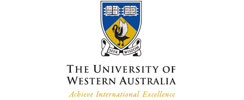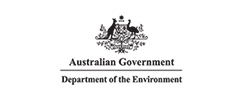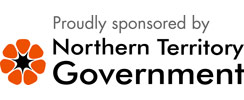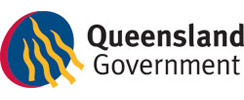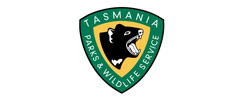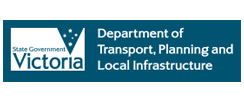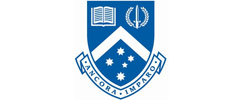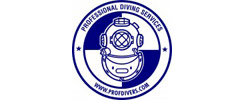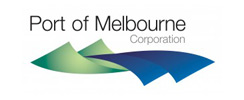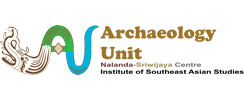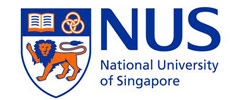Friday 4 May
At approximately 17°C on the barge I donned a 7mm wetsuit for the first time. I had a rough idea of how cold it would be underwater, despite hearing everyone else saying “It feels warm under there!”. With almost 40kg of weight on my back and an interesting device, called the Guardian (full-face mask), I dove to assist Debra Shefi take photographs of the wreck. It all seems easy for a pro, I suppose, but as I have been diving for the past few years in 1.5mm wet suits, where the temperature would never drop below 26°C; never did I think that I would plunge into water that is lower than 20°C. See, in the tropics, we hardly even wear wetsuits. Does it sound like I am complaining? Quite the contrary! I am simply emphasizing how I am very proud of myself for having done this, even if I have only done it once during the project, mainly due to the bad weather. With equipment that is quite new to me, a bit of a current, and the cold, I helped move grids and look at the checklist of photos to take. Just what any archaeologist would do in excavations.
As a student in archaeology I have been to terrestrial excavations, under the heat of the sun. That is why it was exciting for me to help take photographs underwater, without the heat of the sun. Exciting because, there were so many other factors to consider, i.e. first and foremost your own safety, given that there are many risks in diving. It was a great challenge, but I made sure not to take the fun out of it! Now as we wait for better weather conditions for diving, I truly hope I get to dive again with a new task at hand.
The Clarence team, as it happens, is made up of volunteers. I find it amazing that there are so many people who willingly dedicate their time, efforts, and skills for educational pursuits. Clearly, despite the biting cold wherein every blow of the wind cuts like a knife to wet hands and feet, the members of the Clarence Project find their toils are all for a good cause. My experience in this project has introduced me to a strong volunteering core in the realm of maritime archaeology in Australia. Archaeologists, colleagues, students, and any person who is willing to work with the team came from different parts of Australia and the world to join in the Australian Historic Shipwreck Protection Project. It has been nothing but exciting for me, since it is my first time here, and it is also my first underwater archaeological excavation.
